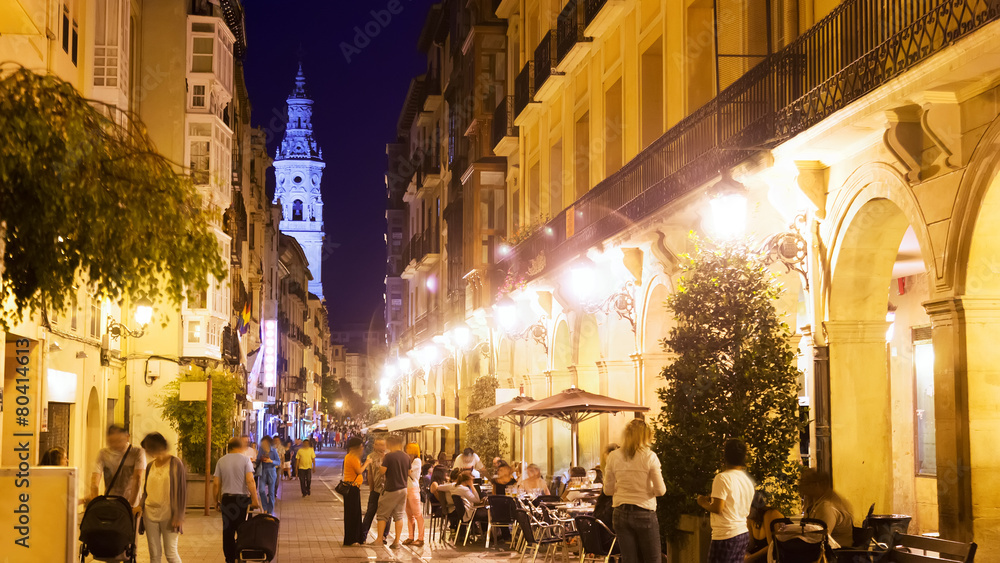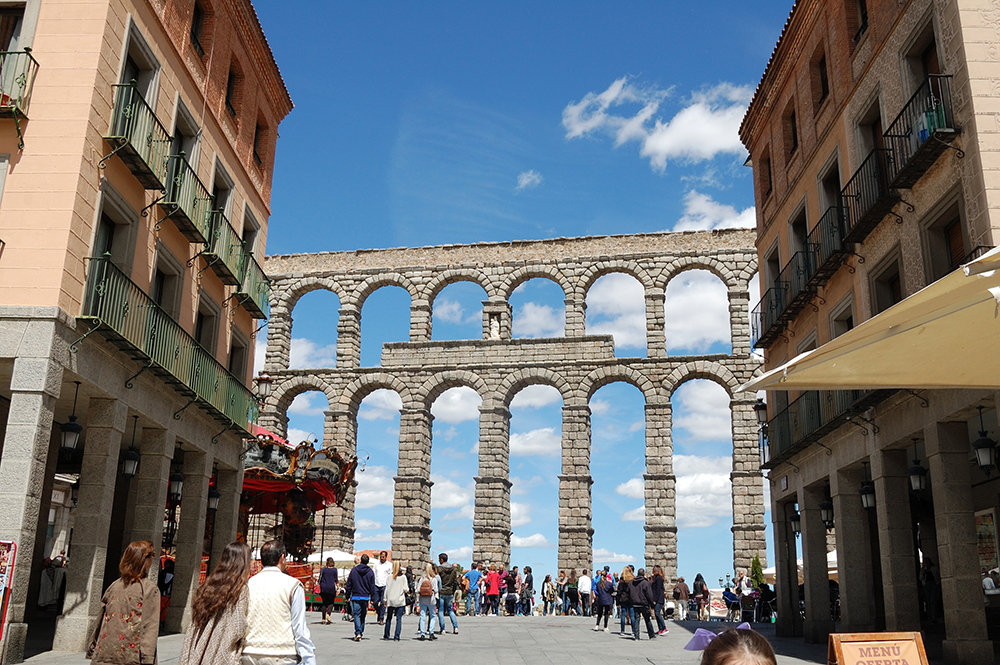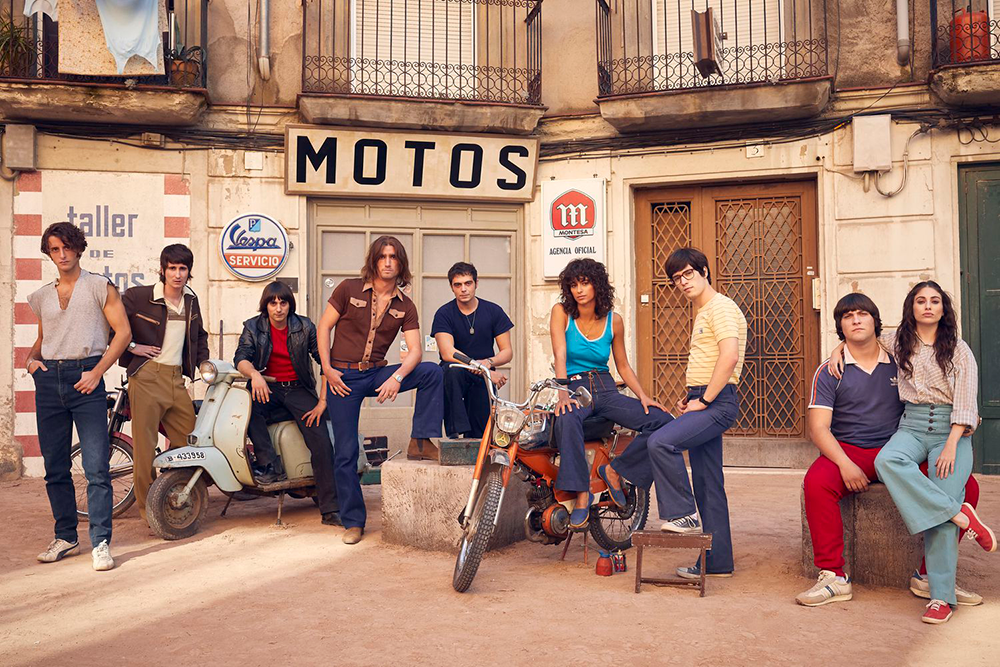I’ve never been a bullfighter…
The title of this musing is simply to reflect the fact that I went to see bullfights – in fact I went to see a lot – and then one day I saw my last… and I have never felt the need to see another one.
So what changed?
I’ll tell you, but first you need some background.
When you arrive in Spain as I did – into a large Spanish family, you are encouraged to embrace all that is Spanish – the food (not a problem), the wine (even less of a problem) – and the culture.
And there’s a lot of culture. More than you can shake a stick at – and just for additional confusion, some of it involves shaking sticks.
And so, I started going to bullfights and learning the complex structure of the fight – who did what and when – and how the bullfighter was rewarded for a skilled fight.
We have to remember at this point that whilst the fight is highly choreographed, the bull doesn’t know this. It is through the skill of the bullfighter and his entourage that the bull is guided through their role ending, (almost) inevitably in his demise – sometimes quickly and cleanly – the preferred route of the aficionado – or – as is too often the case – clumsily and on the umpteenth attempt by one of the matador’s henchmen to sever the spinal cord at the bull’s neck with a small dagger.
That last part probably sounded pretty gruesome – and it is. But you’ve been built up to it slowly – with the bull first being released into the arena to the roar of the crowd and then driven to distraction by glittering figurines waving brightly coloured capes this way and that that he can never quite catch.
Once this has confused him, then two more of the sprites take turns to stick long darts between his shoulders where he just can’t reach to scratch – you know the spot…. an itch right where an arm behind the head fails to reach and one twisted up behind the back is left short. If there was another bull in the ring he’d almost certainly ask if his partner could just do him a favour and pull those stinging little buggers out…..
And just while he’s thinking this, on come the horses. Ridden by a man with a long lance. Which when the bull charges to horse – because, after all, that’s what bulls do – he uses to repeatedly stab at the bull’s neck muscles. This is designed to weaken the bull. And it does. But the crowd want the damage limited and generally the horses are booed, if they spend too long weakening the bull. After all the crowd is equally happy if the blood drawn later belongs to the matador as much as the bull. More sometimes.
And then it’s the turn of the matador himself. Hopefully, for him a couple of things have happened. Firstly, and most importantly, the bull has been weakened enough to present less of a threat than he would have done 15 minutes ago. And, secondly, he’s had time to see how the bull reacts to the movement of the toreadors (no, not the same as the matadors – but the henchmen mentioned earlier) and has a feel as to how he should avoid getting gored.
A few minutes later and the bull, exhausted, lowers his head to look at the red cape he’s been trying to catch just enough for the matador to have a perfect view of the gap between vertebrae that will allow him to reach the animal’s heart with his narrow sword. Done properly and the animal will drop to its knees and keel over in seconds. Dead.
Or not.
The sword may bounce straight off bone and the whole alignment will start over, and over, and sometimes over again, until the crowd, switching their allegiance once more, are now remonstrating with the matador for making the bull suffer.
I know – it’s a really, really fine line. What happened earlier – not suffering. What’s happening now, suffering.
The bull probably doesn’t know the difference either at this point.
And you do this six times – over two hours, with each bull getting its 20 minutes of fame.
Now, if the matador has done well he may be rewarded with one of the bull’s ears. I know…. you’d think that maybe a rear haunch or a rack of ribs, but no, he gets an ear. Perhaps it’s because it would be too great a spectacle to butcher the animal right there and then, or maybe it’s to keep the timing on track. In any event, it’s an ear.
If the matador was excellent he gets both ears.
And if he was truly excellent he get both ears and the tail.
And that’s where the story usually ends. A dead bull being dragged out of the arena with some overalled flunkies raking up the bloodied sand whilst the matador walks a slow lap of honour holding the ears and tail aloft as the crowd shower him with flowers, botas (the wineskin type – I have also witnessed not only the footwear type – but on one occasion in Marbella the boot and the artificial leg that was wearing it) and ladies fans.
All of these being carefully collected and in most cases returned to the crowd by the toreadors. Given the chance I would have kept the artificial leg – you could dine out on that story for years – but then matadors get invited out like the celebrities they truly are in Spain all the time.
But there is one more outcome which is ephemeral and only spoken about in hushed tones.
The “indulto” – the pardon.
Rarely, very, very rarely, the bull and bullfighter transcend the dance and enter into a ballet. Each seems to instinctively know their part and it is hard to then know where the matador ends and the bull begins in this magical moment that every aficionado yearns to experience.
When this happens you will see tears streaming down the faces of old men with hundreds if not thousands of bullfights behind them, as they elbow their friends on either side of them to ensure they are not missing the tiniest gesture between man and beast.
With every tangoesque pass the crowd roars “Olé” and every eye in the bullring is focussed on this climax of art. For it truly is art in its most primitive form.
The matador stops and looks to the “Presidencia” – this is the balcony from where the movements of each symphony are directed – and the yellow flag is displayed to an eruption of euphoria in the crowd.
The bull has been pardoned – the bull will live.
And still the spectacle is not over – because there is still a final movement to be played out.
The bull has to be “killed”.
In the event of an indulto, the matador uses a stick – like a piece of doweling – with a small blade at the end rather than the long sword. And the move is essentially ceremonial.
In the indulto I witnessed the matador, Enrique Ponce, aligned the bull, readied the ceremonial blade and then tossed it to one side and entered the bull with nothing in his hand.
The bull lunged forward as he knew he should and Ponce planted his palm squarely between the beast’s shoulders on the precise spot the blade should have entered.
They passed each other and a triumphant cry filled the bullring. We had witnessed something no others had ever witnessed.
As if by instinct the bull slowly took a lap of honour to the applauding crowd – the flowers and garlands this time for him strewn on the sand.
As as he gallantly walked, he was watched with total respect by the man who had been destined to kill him just moments before.
Nothing in a bullring could ever come close to that experience. Everything I could ever see after that would only be cruelty – and so it was my last bullfight.
But it was also my best bullfight by far and an experience I would live again tomorrow if something so sublime could come by twice in one lifetime.





